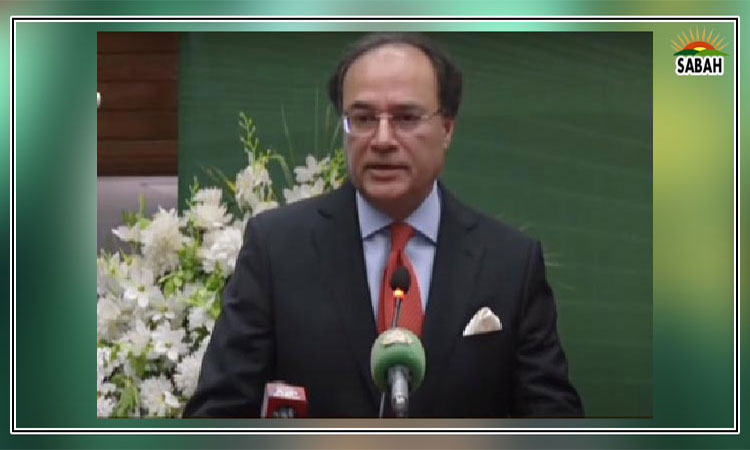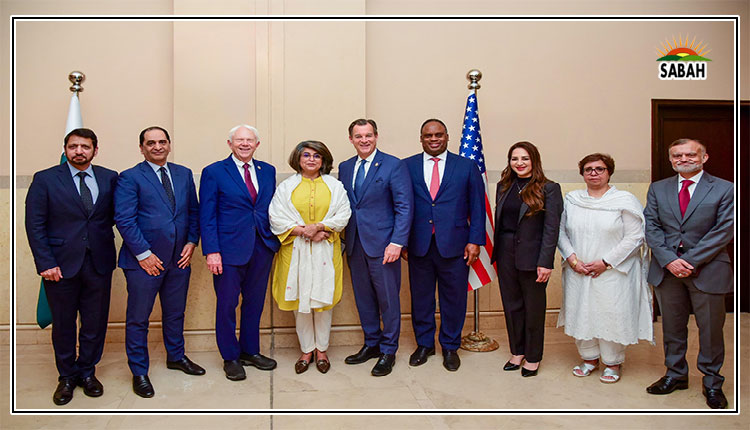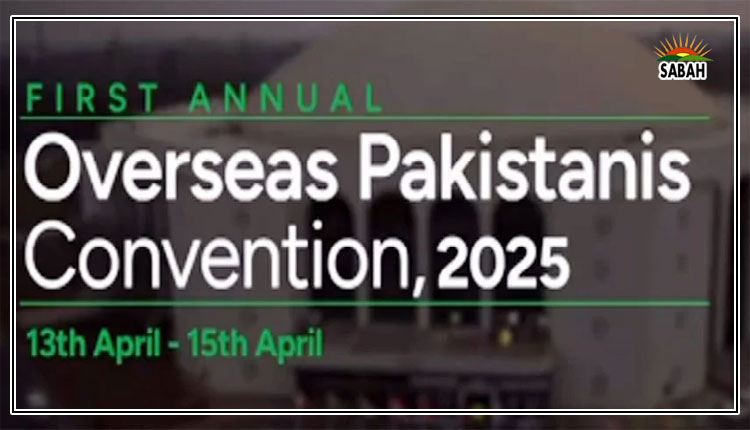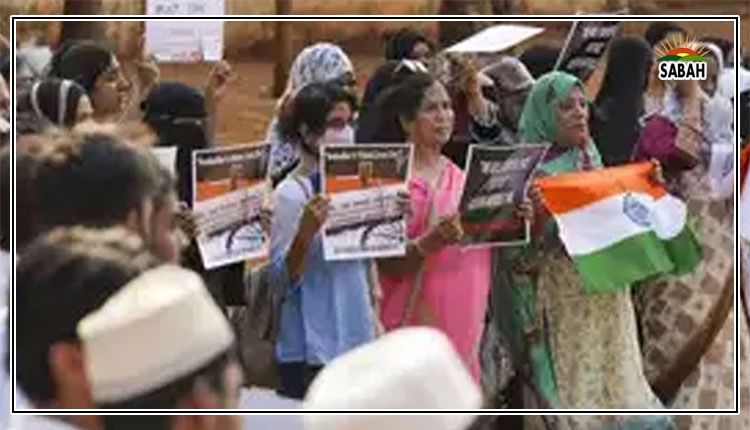Fragility of Iran-KSA rapprochement…. Ayeza Areej
The protracted rivalry between Iran and the Kingdom of Saudi Arabia (KSA), driven by sectarian, ideological and geopolitical differences, has persistently contributed to tensions in the Middle East and Gulf regions. The Iranian Revolution in 1979 formed a theocratic Shiite state, which raised concerns about Saudi Arabia’s self-imputed role as the protector of Sunni Islam.
Both the states competed to gain regional influence, power and dominance in the region by supporting the opposite forces in the conflicts. Their long lasting rivalry and intense competition can be seen in proxy wars, growing sectarianism and conflicts in countries like Yemen, Syria, Iraq, and Bahrain. In light of historical animosity, the recent Iran-KSA rapprochement emerges as a beacon of hope in the region, marked by perpetual turmoil and instability.
The agreement is primed to restore diplomatic relations, and the recent developments include opening of embassies, issuance of invitations and diplomatic dialogue. Saudi Arabia has historically held a conservative worldview based on stringent Wahhabi interpretation of Islam. However, it is moving towards modernisation under the Vision-2030 given by Saudi Crown Prince Muhammad Bin Suleiman and the recent shift is the manifestation of it. While the initiative orchestrated by China is a diplomatic achievement for Iran in the light of severe sanctions, the scale of Chinese influence and the ramifications of this deal for the region still remain unclear.
The key query revolves around the long-term sustainability, durability and comprehensiveness of this reconciliation and the region’s peaceful security environment. The Saudi-Iran reconciliation is not an indicator that these belligerents in the Middle East trust each other as the level of mistrust among them is still high. In addition, it does not guarantee that if any state perceives an imminent threat, its behaviour will not change drastically. The spoilers are cognizant of the precarious and fragile nature of rapprochement driven by momentary interests, so they might hinder the initiative through their unexpected surprises. Moreover, the possible Donald Trump return to the White House could risk this reconciliation as the Trump had “maximum pressure policy” against Iran, which was backed by Saudi Arabia, Bahrain and the UAE. He would prefer Gulf and Israel coalition against Iran by persuading all the Arab states. Consequently, it would exacerbate the tensions and undermine the rapprochement process towards peace. Trump will make every possible effort to restore traditional American influence in the region against China.
Israel considers the rapprochement as the potential barrier in the formulation of anti-Iran alliance, which was the impetus behind Abraham Accords. It has a long history of exploiting differences in Middle East to its advantage. Israel formed friendly relationship with Iran during the reign of Shah because both were against the leaders such as Egypt’s Gemal Nasser and Saudi King Faisal, who supported the Palestinian cause. However, Iran turned against Israel after the Iranian Revolution in 1979. In the current scenario, Iran, Saudi Arabia and Turkey are maintaining good diplomatic ties, which pose a threat to Israel and its friendships in the region. Additionally, Israel is worried about reducing the US presence in the Middle Eastern region, potentially enabling China to fill the power vacuum, which has established good relations with Iran and Saudi Arabia. Moreover, Saudi Arabia’s choice to participate as a “Dialogue Partner” in Shanghai Cooperation Organisation (SCO) and the decision to welcome Hamas delegation aggravated Israel’s fear. Recently, rocket attacks have been launched by Lebanon, Ghaza and Syria against Israel. As a result, Israel has apprehensions about the growing influence and the strengthening position of Iran and its alleged proxies in the region. Furthermore, the US and Israel claim that the Saudi-Iran reconciliation does not hinder the efforts towards Saudi Israel relations, but challenges remain there. Saudi Arabia is demanding security assurances and assistance for civilian nuclear programme from the US in exchange for maintaining diplomatic ties with Israel. Furthermore, Israel’s mistreatment towards the Palestinians further exacerbates the political cost of reconciliation for Saudi Arabia.
The rapprochement presents significant concerns about the role of several actors in the region. According to some analysts, Iran might not require its agencies and militias, as they have manifested their power over the diplomatic relations and deals. For instance, they captured the US navy boat just after the nuclear deal was finalised. One of the most crucial promises of the reconciliation is to bring stability in Yemen for which Saudi Arabia is seeking help from Iran to deal with Houthi rebels. But the rapprochement has not yet resulted in stable security environment in the region, overall because of the intransigence of Houthis. As per The Washington Post, suspected Iranian proxies also launched an attack against the US forces, stationed in Syria right after the Saudi Iran rapprochement. Moreover, according to the survey conducted by the Crisis Group, “reducing the intensity of regional competition may help redirect political energy to the core internal conflicts, the prospect of swift solutions remains slim.”
Despite the rapprochement efforts, complications persist. A shift in mentality from zero sum game to mutual acceptance with coordinated policies is required for regional stability. In the Middle East, diplomacy oscillates between skepticism and optimism, and time will unveil the final outcome.
Courtesy The Express Tribune












